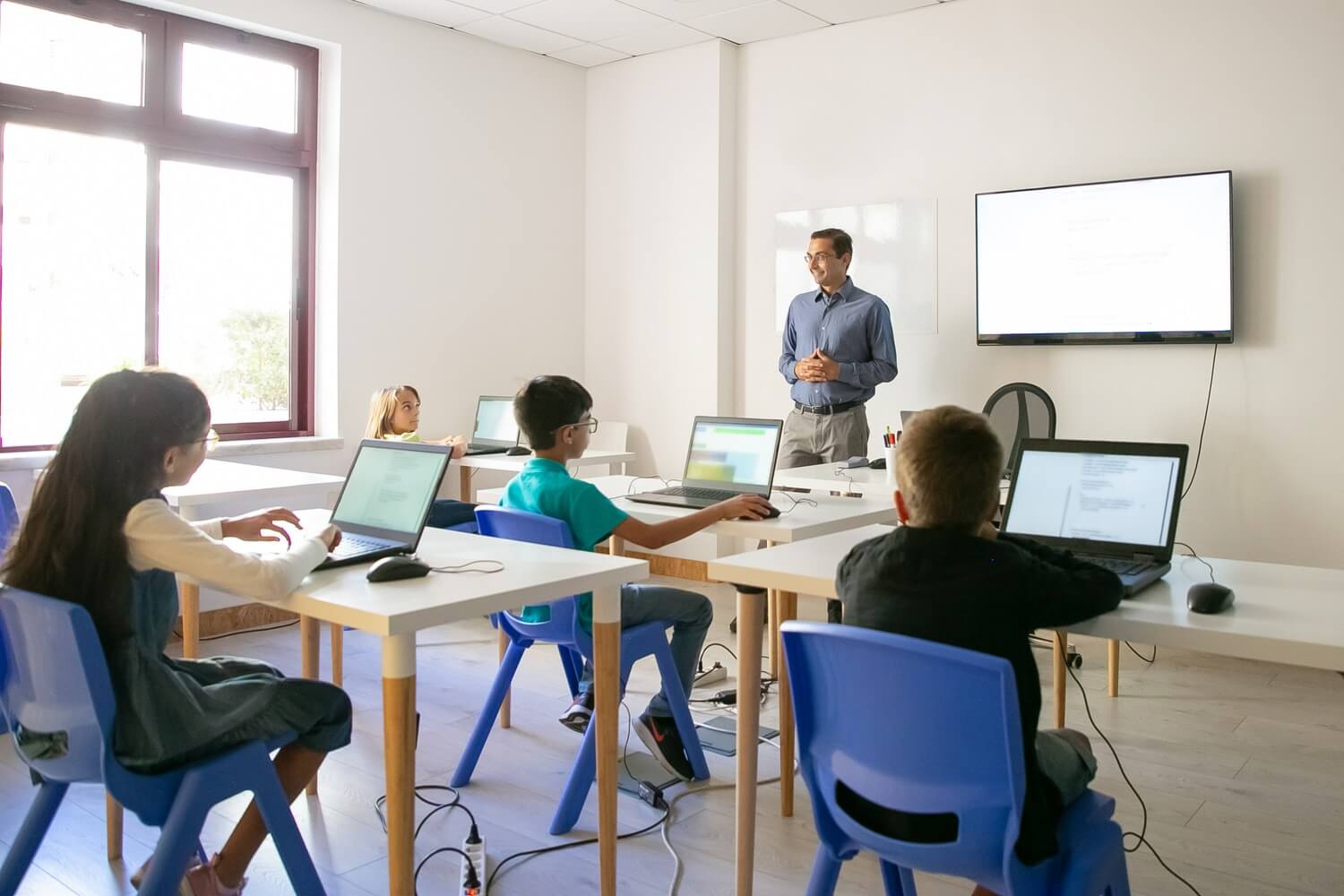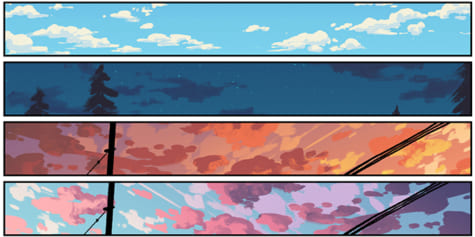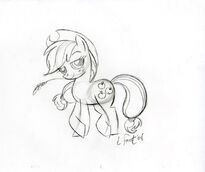Exploring puddles. Photo © Kate McDonald
Introduction
This resource builds on water play in early years settings to develop pupils’ understanding of the physical world around them and the impacts of weather on a small scale. This foundational learning underpins more complex concepts pupils will come across later, such as rivers and the water cycle.
Links to Understanding the world
- Support pupils to make sense of their physical world and community
- Frequency and range of experiences increase pupils’ knowledge and sense of the world around them.
Links to other areas of the EYFS
- Physical development: Large- and small-scale play, manipulating objects and the sensory experiences of interacting with water provide opportunities for the development of gross and fine motor skills
- Communication and language: This activity provides opportunities for interactions, back and forth exchanges, encouraging use of new vocabulary and speaking.
Starting points
You will need:
- Watering cans and a water supply
- A range of resources to use for collecting and testing: cups, flower-pots, sieves, colanders, bucket sponges, fabric
- Tarpaulin or waterproof fabric
- An outdoor space of any size.
Activity idea: ‘Puddles’
Explore with the pupils, either as a circle time activity or during daily routines their ideas about rain. This will help you assess the pupils’ starting points and their understanding, watch out for misconceptions here as pupils discuss their ideas.
Questions to choose from to think about together:
- What is rain?
- Where does it come from and where does it go?
- What is a puddle?
- How is a puddle made?
- Are puddles always in the same place?
After a rainy period, go outside and investigate – where has water collected in puddles? Look for puddles on the ground, where water has collected on surfaces and materials. Why has the water stayed in this place? – introduce the idea that water might collect where it cannot run out, or where the material means the water cannot soak away. There are lots of opportunities for more advanced vocabulary development here as appropriate – such as: stream, drain, porous, waterproof, permeable, evaporate.
Introduce the challenge to create a puddle, using water. You could choose to do this in several ways:
- Choose an area where pupils think a puddle will naturally collect – pupils can help to look for a suitable place with your guidance
- Create a puddle using a water-proof sheet such as a tarpaulin, with stones to hold it in place and logs or other materials to create a space where the water will collect
- Use ready-made materials such as trays to create a puddle (there are lots of opportunities here for predicting and testing different containers, to check if they have holes or will hold water)
You could wait for rainwater to naturally fill the space, or the pupils could create their own “rain” using watering cans. When the pupils add water they can observe whether their puddle collects, or runs away. If things do not go to plan, it is an opportunity to discover what went wrong and to adapt the design.
Once you have created the puddle, the play opportunities are endless!
- Explore water movement – is the water moving or could we make it move?
- Can you make a splash? Can you make waves?
- What sound does it make?
- Is the water clear or cloudy?
- Create a small water scene using the puddle – a beach or a lake
- Draw round the puddle and monitor it over time to observe how it changes – does it get bigger or smaller? help pupils to link what happens to the puddle to the weather.
How to make this successful
- Introduce new vocabulary and encourage thinking by commenting on play, making suggestions and using open ended questions.
- Run this activity over a few days or a half term, make it part of the daily routine to check on the puddle or look for new ones
- Find daily opportunities to revisit knowledge – for example, water often collects on outdoor resources overnight, involve the pupils in getting the outdoor area ready each morning and notice where water has collected
- Through the Reception year link new learning to ensure pupils connect new ideas to their knowledge about the way water moves and the properties of materials
- Adapt the activity for learners – reduce language levels and use modelling to demonstrate concepts such as soaking or water draining away.
- Some pupils may prefer to do this activity with their own small tray of water, which they could return to each day.
Ideas to build on knowledge
- Develop the idea of collecting water into harvesting rainwater from downpipes or in water butts, to use for watering plants or play.
- Build on this challenge to create a stream, or river with even more learning possibilities.
- Vocabulary planning: Plan which new words might pupils need to know and record ideas for developing interactions
Primary Geography/Teaching Geography/Geography articles
Kennington, T. and Rotchell, E. (2023) ‘Introducing maps in the Early Years’, Primary Geography, 111, pp. 14-15.
Owens, P. Rotchell, E. Sprake, S. and Witt, S. on behalf of the GA Early Years and Primary Phase Committee (2022) ‘Geography in the Early Years: Guidance for doing wonderful and effective geography with young pupils’, Primary Geography, 109, pp. 19-22.
Sprake, S. and Rotchell, E. (2022) ‘Playing and learning with maps in the EYFS’, Primary Geography, 108, pp. 12-13.
This Teaching Resource was written for the Geographical Association by Sarah Sprake.





